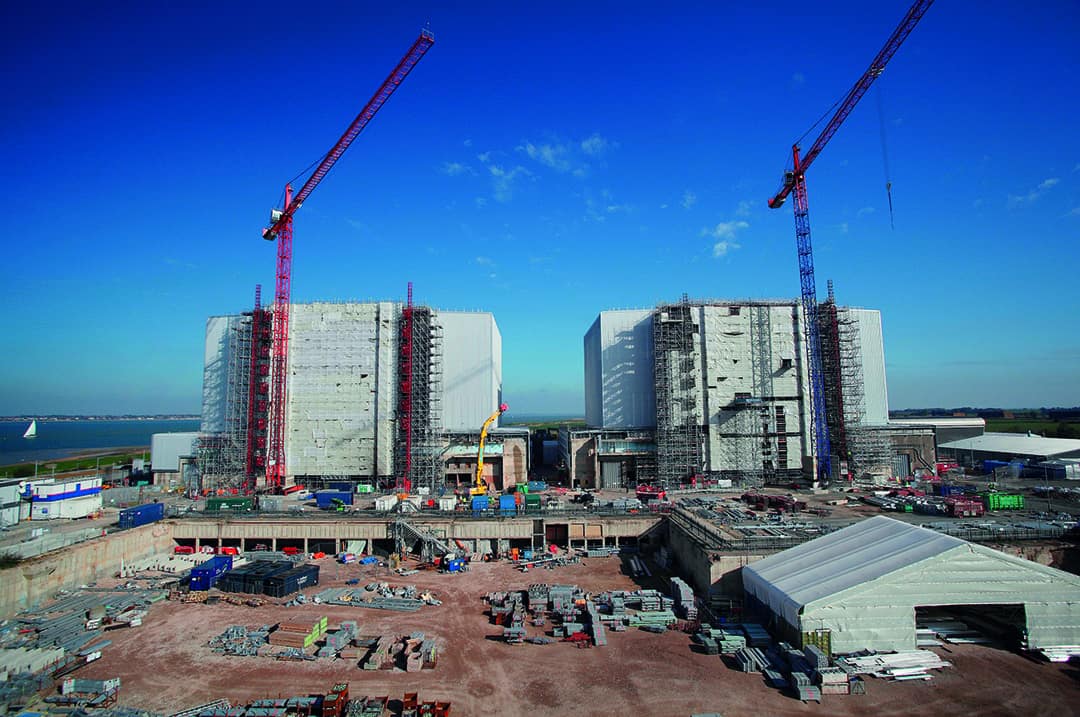Bradwell Nuclear Power Station
Magnox Ltd and Vinci Construction UK

36 months

£9.4m

Essex, CM0
Location & Overview
Bradwell Power Station, located in the Southeast of England, covers 20 hectares and was operational for 40 years, generating electricity to power three large towns. Work ceased in 2002, with the twin reactors undergoing decommissioning. It comprised two separate heavily reinforced concrete reactor buildings, interlinked via a central change building, plus four 40m high boiler houses.
Work, Challenges & Solutions
Total de-clad of the two reactor buildings and boiler houses, with the removal of the MMMF insulation laid beneath. Removal, under fully controlled conditions within constructed enclosures of over 1,050m3 of asbestos insulation from the reactors, boiler casings and associated pipework.
Demolition of the Central Change Building - the first building ever to be demolished within a Radiation Controlled Area (RCA).
A purpose-designed weather protection system was erected over the reactor building and maintained throughout the works.
All waste and arisings were subject to a radiological clearance process requiring radioactive inspection, clearance and tagging as part of the waste characterising process. As each consignment left the site, it too was logged, and individual waste notes were generated.
All company employees had to have the relevant radiological training and went through radiation dosimetry procedures daily when accessing the buildings.
A radiation-contaminated road bridge containing polluted pipework, connecting The Reactor Building to the Active Drum Store was removed, as were the contaminated Boiler House roofs with notifiable asbestos between the radioactive cooling vents, requiring a complex waste clearance process.
Achievements
The first-time demolition had ever been carried out within a Radiation Controlled Area (RCA) anywhere in the UK.
A radioactive cooling vent stack was removed by a process of cutting and lifting, with the de-classification of plant and equipment, successfully carried out.
Zero RIDDOR incidents during the entire project.

